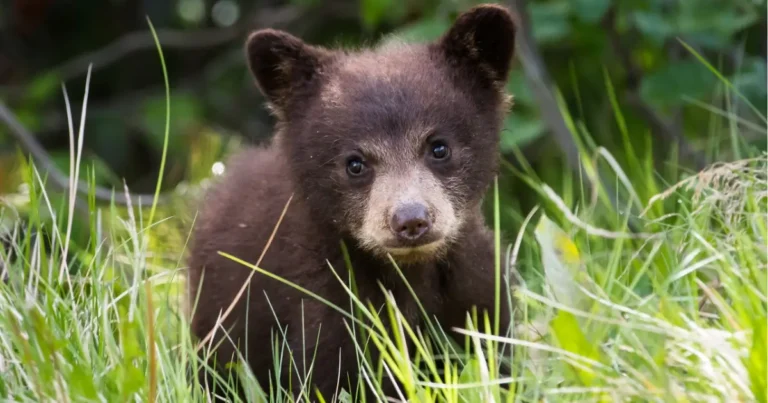A story arose in Hamilton, Ontario over the weekend. Two dogs who were picked up by a municipal animal control officer were caged separately but held in the same vehicle as a raccoon who was later identified to have a strain of the rabies virus. A minor conflict ensued inside the vehicle, and now the dogs are at risk of contracting the lethal virus.
While the article, penned by the Canadian Press and appearing on CBC’s website, focused primarily on the most concerning part of the story (that rabies, which the province has successfully combatted for years, has shown up in Ontario), user comments and social media response almost entirely focus on who was at fault.
Some say the dogs’ owner should have ensured the dogs remained in the family’s backyard and been up-to-date on vaccines; others say the animal control officer shouldn’t have put a wild animal in the vehicle with the two dogs, or at least made modifications to ensure interaction wasn’t possible. These arguments them branch out to include the “actual” effectiveness of canine rabies vaccines over time compared to the legal requirements, the liability of homeowners whose dogs get loose, and the type of vehicle animal control officers drive.
None of these concerns actually help to solve the problem that occurred, or help to prevent it from being repeated in the future. They, simply and somewhat brashly, are a waste of everyone’s time. However, solutions to this, like almost all other problems, do exist.
To start, we still don’t know what strain of rabies the raccoon was infected by – and that matters a lot. If it was a strain known in Ontario, such as bat rabies, then it’s something of an aberration; but if it was a strain of canine rabies moving up from New York state, then the province will have to take aggressive action with their aerial vaccine program.
The City of Hamilton has already stated they’re reviewing protocols for animal control following this incident, and that seems reasonable. We don’t know the exact details of how the two species wound up in the same van, what the existing vector species protocols are, or what caused the conflict between the dogs and the raccoon. But having someone in a position to find out – such as city managers – will help answer many of those questions, and allow a new policy to be created to stop it from happening again.
Our friend Brad Gates of AAA Gates’ Wildlife Control also posted this article on his Facebook page with solutions, too: report any wildlife displaying unusual activity to animal control; and, do not trap and relocate wildlife as it can inadvertently spread diseases like rabies.
Compassion and conflict resolution go hand-in-hand. Sometimes we get worked up or angry and don’t see that we’re compounding problems, rather than finding new solutions. But that’s why we always ask ourselves the questions we posed above and know that we can always do a little bit better for ourselves, and for the animals.
Work like our growing Living With Wildlife campaign is only possible with the support of monthly donors. Please consider become a monthly donor – for as little as $5 a month – and help us create a Canada that is truly fur-free.

